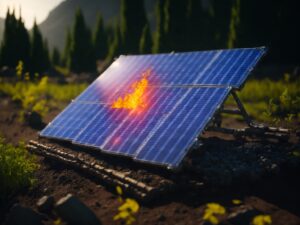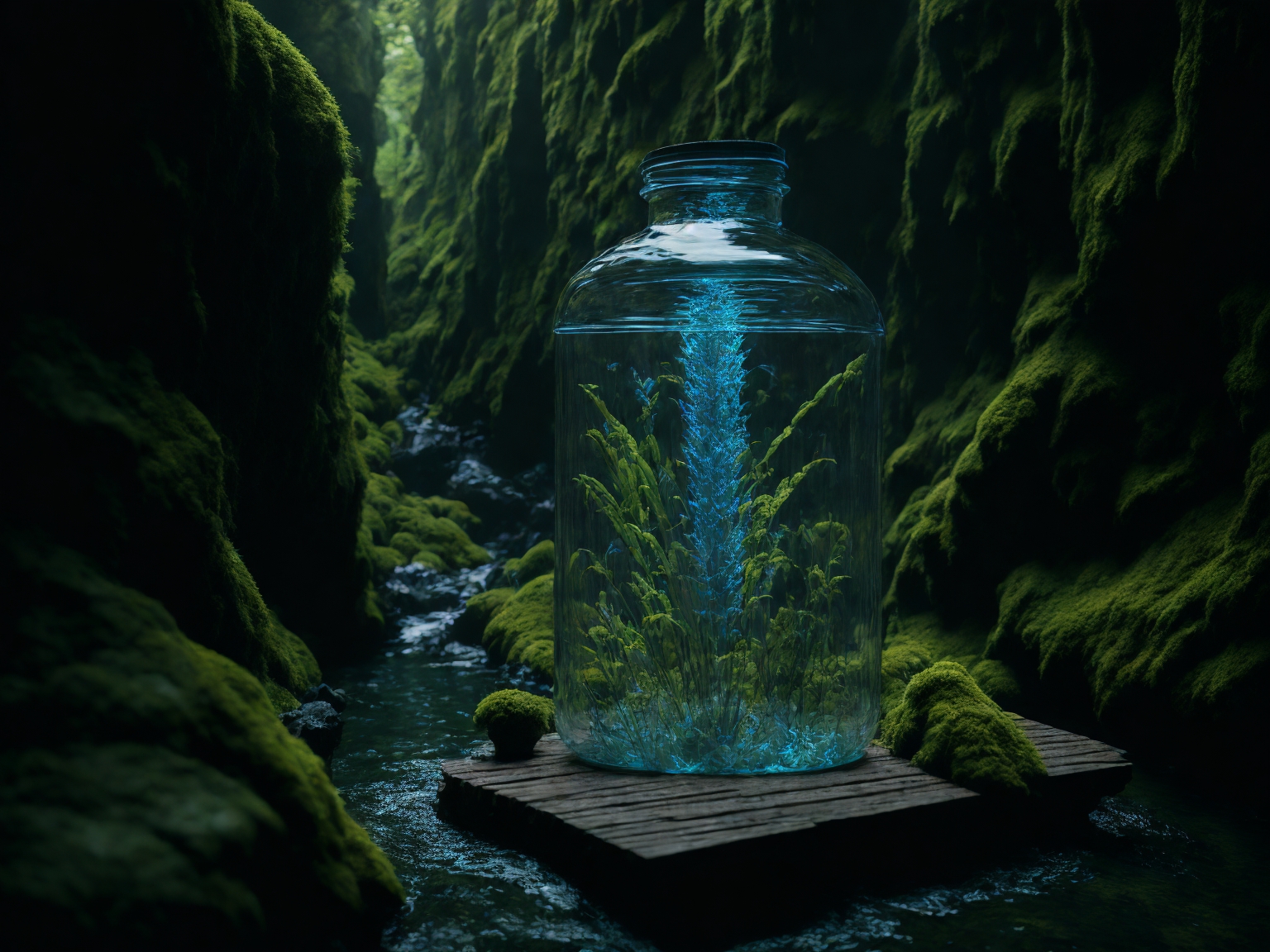In the face of unexpected emergencies and outdoor adventures, having access to clean and safe drinking water is crucial for your survival. This article explores various effective water purification methods that can be employed in these situations. Whether you find yourself in a remote location with limited resources or facing a natural disaster that compromises the availability of clean water, these methods will equip you with the knowledge needed to ensure your hydration and well-being. From boiling and chemical purification to filtration and solar disinfection, this article will provide you with essential information on how to purify water and stay hydrated in challenging circumstances.
Boiling
How to boil water
Boiling water is one of the most basic and effective methods of water purification. To boil water, you will need a heat source, a pot or kettle, and of course, water. Start by filling the pot or kettle with water from a safe source such as a clean river or a filtered tap. Place the pot on the heat source and bring the water to a rolling boil. Let it boil for at least one minute, or three minutes if you are at high altitude. After boiling, allow the water to cool before consuming.
Effectiveness of boiling
Boiling water is highly effective in killing most types of pathogens, including bacteria, viruses, and parasites. The high temperature kills these microorganisms and renders the water safe for consumption. However, boiling does not remove chemical contaminants or particles from the water. It is important to note that certain chemical pollutants, such as heavy metals, may actually become more concentrated during the boiling process. Therefore, while boiling is an excellent method for killing pathogens, it may not be effective in removing all potential contaminants.
Filtration
Types of water filters
Water filters come in various types, each designed to remove different types of contaminants. Some common types of water filters include activated carbon filters, ceramic filters, and reverse osmosis filters. Activated carbon filters are highly effective in removing chlorine, sediment, and certain organic compounds. Ceramic filters are capable of removing bacteria and parasites, but may not effectively eliminate viruses. Reverse osmosis filters use a membrane to remove a wide range of contaminants, including viruses, bacteria, and chemicals.
How to choose a filter
When choosing a water filter, consider the specific contaminants you want to remove and the filter’s capacity. Some water filters are designed for large volumes of water, while others are portable and suitable for camping or emergency situations. It is essential to check the filter’s certifications and verify that it meets industry standards for contaminant removal. Additionally, consider the ease of maintenance and replacement of filter cartridges, as regular maintenance is crucial for optimal filter performance.
Effectiveness of filtration
Filtration is a highly effective method of water purification, capable of removing a wide range of contaminants, including bacteria, viruses, chemicals, and sediments. Different types of filters have varying levels of effectiveness, depending on their design and the contaminant in question. It is important to choose a filter that suits your specific needs and ensure proper maintenance to ensure optimal performance.
Chemical disinfection
Types of chemical disinfectants
Chemical disinfection involves the use of various chemicals to kill or inactivate microorganisms in water. Common chemical disinfectants include chlorine, iodine, and hydrogen peroxide. Chlorine is commonly used in the form of bleach or chlorine tablets, while iodine is available as iodine tablets or drops. Hydrogen peroxide can also be used, but it is less commonly used for water disinfection.
How to use chemical disinfectants
Using chemical disinfectants typically involves adding the appropriate amount of disinfectant to the water and allowing it to sit for a specified period. The specific instructions may vary depending on the type of disinfectant being used. For example, chlorine tablets may need to be dissolved in water for a certain amount of time, while iodine tablets may need to be added and mixed before waiting for the recommended contact time. It is important to carefully follow the instructions provided with the disinfectant to ensure effective results.
Effectiveness of chemical disinfection
Chemical disinfection is generally effective in killing or inactivating various microorganisms, including bacteria, viruses, and parasites. However, its effectiveness may be influenced by factors such as water temperature, sediment content, and the pH level of the water. Additionally, certain strains of microorganisms may be more resistant to specific disinfectants. It is crucial to use the correct dosage and follow the instructions provided to ensure proper disinfection.
Solar stills
Types of solar stills
Solar stills are devices used to harness the power of the sun to purify water. There are various types of solar stills, including the basic solar still and the distillation solar still. The basic solar still consists of a container to hold the water, a clear cover, and a collection container. The distillation solar still, on the other hand, involves a more complex setup with additional components to enhance the distillation process.
How to construct a solar still
To construct a basic solar still, you will need a container for the water, a piece of clear plastic or glass to act as the cover, and a collection container. Start by burying the water container in the ground, ensuring it is secure and stable. Place the clear plastic or glass cover over the container, making sure it forms a seal. Finally, place a stone or weight in the center of the cover to create a slope, allowing condensation to collect and flow towards the collection container. As the sun heats the water, it will evaporate and condense on the cover, providing you with purified water in the collection container.

Reverse osmosis
How reverse osmosis works
Reverse osmosis is a water purification method that uses a semipermeable membrane to remove contaminants from water. The process involves applying pressure to the water, forcing it through the membrane and leaving behind impurities. Reverse osmosis systems typically consist of a pre-filter to remove larger particles, a membrane to perform the actual purification, and a post-filter to further enhance the water quality.
Effectiveness of reverse osmosis
Reverse osmosis is highly effective in removing a wide range of contaminants from water, including viruses, bacteria, parasites, chemicals, and dissolved solids. The semipermeable membrane used in reverse osmosis systems has extremely small pores, allowing only pure water molecules to pass through and rejecting larger molecules and particles. This process results in purified water that is safe for consumption. However, it is important to note that reverse osmosis systems may produce waste water due to the filtration process, and they require regular maintenance and filter replacement to ensure optimal performance.
Distillation
How distillation works
Distillation is a water purification method that involves heating water to create steam and then condensing the steam back into liquid form. The process effectively separates water from contaminants, as most impurities cannot turn into steam. Distillation systems typically consist of a boiling chamber, a condensation chamber, and a collection container. Water is heated in the boiling chamber, creating steam that is then channeled into the condensation chamber. As the steam cools and condenses, it transforms back into liquid form and drips into the collection container, leaving behind impurities.
Effectiveness of distillation
Distillation is a highly effective method of water purification, capable of removing a wide range of contaminants, including bacteria, viruses, chemicals, and dissolved solids. The process relies on the principle of separating water from impurities through the conversion of water into steam and subsequent condensation. However, distillation can be a time-consuming process and may require energy for heating. It is crucial to ensure proper setup and maintenance of distillation systems to achieve optimal purification results.
UV purification
How UV purification works
UV purification utilizes ultraviolet light to kill microorganisms in water. UV purifiers typically consist of a lamp or LED that emits UV rays and a chamber where water passes through. As water flows through the chamber, it is exposed to the UV light, effectively destroying the DNA of microorganisms and rendering them harmless. UV purification does not involve the addition of chemicals and does not alter the taste or odor of the water.

Effectiveness of UV purification
UV purification is highly effective in killing bacteria, viruses, and parasites in water. The UV light damages the genetic material of microorganisms, preventing them from reproducing and causing illness. However, it is important to note that UV purification does not remove chemical contaminants or particles from the water. Additionally, the effectiveness of UV purification may be influenced by factors such as water turbidity and the quality of the UV light source. It is crucial to follow manufacturer recommendations and implement regular maintenance, including lamp replacement, to ensure optimal purification results.
Iodine tablets
How iodine tablets work
Iodine tablets are a portable and convenient method of chemical disinfection for water. These tablets contain iodine, which is a potent disinfectant. To use iodine tablets, simply add the recommended number of tablets to the specified amount of water and stir. Allow the water to sit for the recommended contact time to allow the iodine to effectively disinfect the water.
Effectiveness of iodine tablets
Iodine tablets are effective in killing bacteria, viruses, and parasites, making them a reliable method of water disinfection. However, it is important to note that iodine tablets are less effective against certain protozoa, such as cryptosporidium. Additionally, individuals with iodine allergies or thyroid conditions should exercise caution when using iodine tablets. It is crucial to carefully follow the instructions provided with the tablets and adhere to the recommended dosage and contact time to ensure proper disinfection.
Chlorine bleach
How chlorine bleach works
Chlorine bleach is a common household chemical that can also be used for water disinfection in emergency situations. To use chlorine bleach for water purification, mix a specified amount of bleach, typically unscented and without additives, with a specific volume of water. Stir the mixture and let it sit for the recommended contact time to allow the chlorine to effectively disinfect the water.
Effectiveness of chlorine bleach
Chlorine bleach is highly effective in killing bacteria, viruses, and parasites in water. The chlorine in bleach acts as a powerful disinfectant, destroying the cellular structure of microorganisms and rendering them harmless. However, it is important to use unscented bleach without additives, as fragrances and other additives may not be suitable for water purification. Additionally, chlorine bleach should be stored properly and have a shelf life to ensure optimal effectiveness. Carefully follow the instructions provided to determine the appropriate bleach-to-water ratio and contact time for effective disinfection.
Activated charcoal
How activated charcoal works
Activated charcoal is a porous substance that can effectively remove certain contaminants from water. When water passes through activated charcoal, impurities, such as chlorine, volatile organic compounds (VOCs), and other chemicals, adhere to the surface of the charcoal. This process, known as adsorption, traps the contaminants and allows the purified water to pass through.
Effectiveness of activated charcoal
Activated charcoal is particularly effective in removing chlorine, bad tastes, and odors from water. It can also help reduce certain volatile organic compounds and other chemical contaminants. However, it is important to note that activated charcoal filters may not effectively remove all types of microorganisms, such as bacteria and viruses. It is crucial to choose a filter that is specifically designed for water purification and to follow the manufacturer’s instructions for optimal filtration. Regular replacement of activated charcoal filter cartridges is also necessary to ensure continued effectiveness.
I’m Alex, the author behind True Survivalist. As a survival enthusiast myself, I’ve created this website to serve as a valuable resource for fellow survivalists and preppers. Whether it’s understanding survival situations, emergency preparedness, or finding the right survival gear, I’ve got you covered. Through a series of informative guides, I aim to provide answers to commonly asked questions, debunk common myths, and help you avoid common mistakes. At True Survivalist, I believe in equipping you with the knowledge and tools you need to be prepared for any survival scenario. Join me on this journey of self-reliance and resilience.

